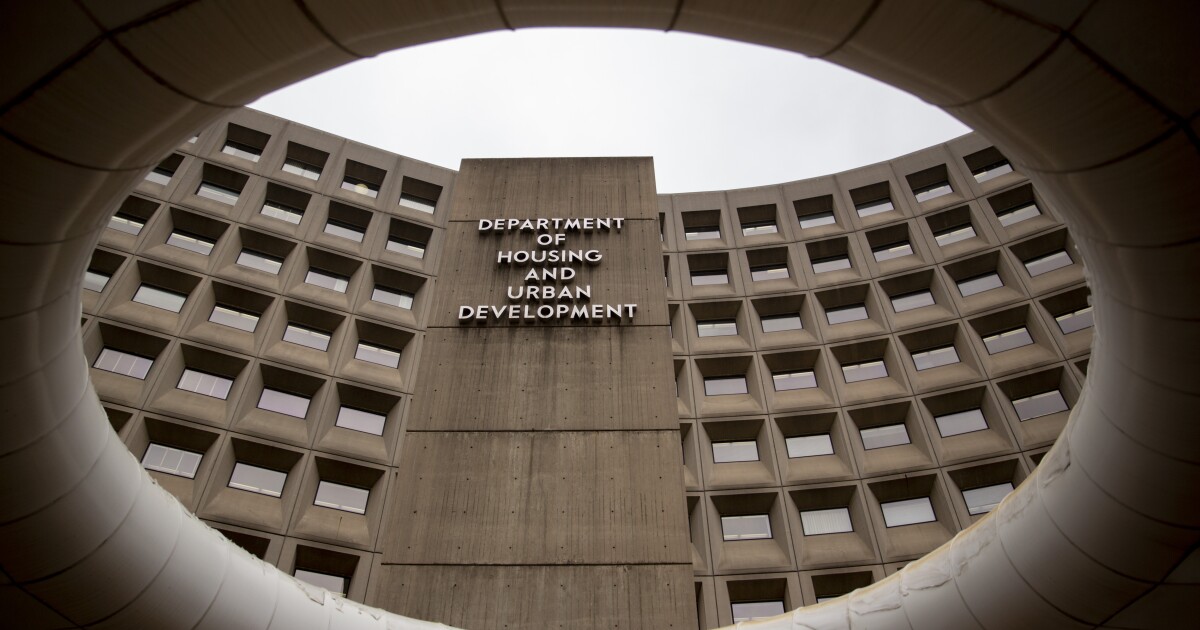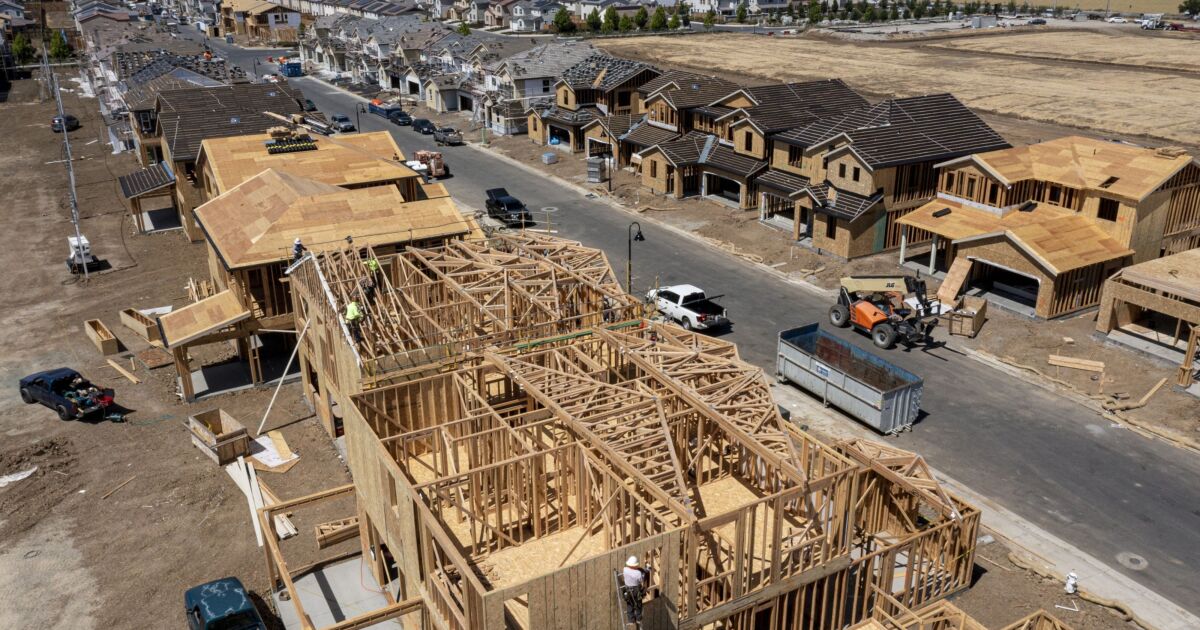Enjoy complimentary access to top ideas and insights — selected by our editors.
The recent decision by the Department of Housing and Urban Development and the Office of Management and Budget to roll back key policies of the Property Appraisal and Valuation Equity (PAVE) task force marks a pivotal shift in federal housing policy. What began as an effort to address perceived shortcomings in the appraisal process ultimately became a case of bureaucratic overreach, driven by flawed research rather than solid evidence. This policy reversal signals an acknowledgement that claims of widespread racial bias in home appraisals, mortgage denials, and property valuations were based on weak empirical evidences — claims we at the American Enterprise Institute have consistently challenged through rigorous research.
READ MORE: HUD dissolves "woke" policies created by appraisal task force
The PAVE task force, formed by the Biden administration, operated on the premise that disparities in home valuations between racial groups could only be explained by systemic race based discrimination. Based on that presumption, it recommended sweeping changes to appraisal practices, increased regulation, and interagency directives aimed at "eliminating bias and advancing equity."
In practice, this approach created layers of red tape that added cost and confusion to the mortgage process. By rolling back these mandates, HUD is restoring regulatory clarity and helping the "Federal Housing Administration better serve American homebuyers."
The core problem with the PAVE framework was its disregard for socioeconomic status (SES) such as income, educational attainment, marriage rates, credit scores, or wealth. Take, for example, the oft-cited study by Brookings, which claimed that homes in majority-black neighborhoods were undervalued by an average of $48,000 compared to homes in white neighborhoods. The study asserted that all structural and neighborhood differences were controlled for, so the remainder had to be racial bias. But our analysis at the AEI Housing Center identified serious shortcomings in that methodology.
READ MORE: HUD rescinds 12 FHA policies: What home lenders need to know
We found that adding just one more control variable caused the valuation gap to disappear. In a further test, we removed race entirely by limiting the sample to nearly all non-Hispanic white neighborhoods. Large valuation gaps persisted when sorting neighborhoods by SES indicators such as educational attainment, single-parent household rates, food stamp usage, median income, and credit scores. The study also failed to consider that higher-income black homebuyers often choose to move into predominantly white neighborhoods, likely drawn by higher amenity values. These patterns point overwhelmingly to socioeconomic status—not race—as the more plausible explanation for valuation disparities.
The same faulty logic applies to claims about appraisal under-valuations. Studies by Freddie Mac and FHFA used aggregated data to suggest that homes in minority neighborhoods were systematically appraised below contract prices. But when we looked deeper using FHFA's new Uniform Appraisal Database appraisal-level dataset, we found that these differences nearly vanished when geographic controls were applied. These findings suggest that location, not race, drives most of the variation. Notably, factors such as buyer inexperience, including a higher prevalence of first-time homebuyers, proved far more influential in explaining appraisal outcomes.
READ MORE: HUD plans overhaul of its manufactured housing program
We also examined the claim that appraisers are racially biased. Media coverage has amplified a handful of high-profile anecdotes involving black homeowners who received significantly higher second appraisals after "whitewashing" their homes. While troubling, these stories are just that, anecdotes and lack the statistical rigor to draw broader conclusions.
In our analysis of nearly 900,000 refinance loans from 2018 to 2021, we found that the appraisal gap between black and white borrowers was small—far more consistent with isolated cases of bias or error than with systemic discrimination. Instead of imposing sweeping reforms on the entire industry as proposed by then House Financial Services Chair Rep. Maxine Waters, a more effective approach is the targeted screening of individual appraisers for bias and inaccuracy, a method we have shown is both practical and scalable.
Similar issues undermine the claim of discrimination in mortgage denial rates. Media reports often cite HMDA data showing higher denial rates for minority applicants. But these reports ignore differences in credit profiles, which are not included in the data. If lenders were unfairly rejecting minority borrowers, we would expect their default rates to be lower. Instead, we find the opposite to be true: minority borrowers tend to have higher risk-adjusted default rates, suggesting lenders are approving riskier loans for these groups. This contradicts the narrative of systemic bias.
Even where actual problems were found, such as references to race in free-form appraisal text fields, the data does not suggest widespread abuse. FHFA flagged only 16 examples out of millions of appraisals, with no disclosure of frequency or intent. Isolated incidents should be addressed, but they are not evidence of a systemic problem.
As agencies renew their commitment to pursue evidence-based policymaking, they should prioritize strategies that foster broad-based economic growth and expand homeownership opportunities for all Americans.
The most effective way to address socioeconomic disparities is not through divisive, race-based mandates, but through inclusive policies that uplift all communities. This means reducing regulatory burdens and advancing sound economic initiatives that promote income and wealth growth among lower-income households.
Key to this approach are efforts to increase the supply of housing that can be built more affordably, improve educational outcomes, and support the formation and stability of two-parent households. The rollback of PAVE-related policies represents a meaningful step in this direction.




